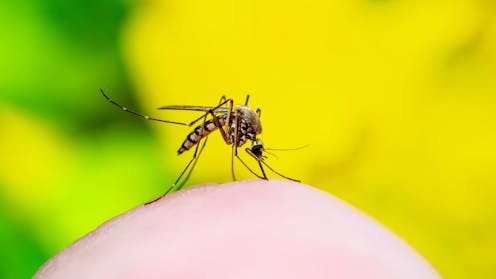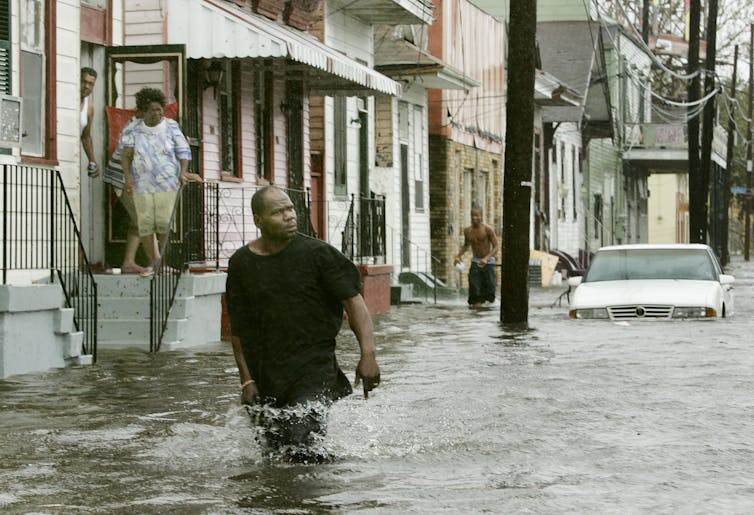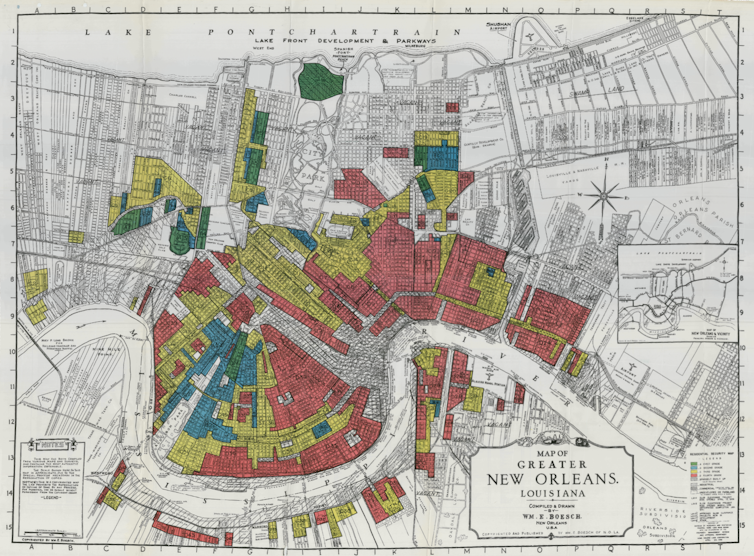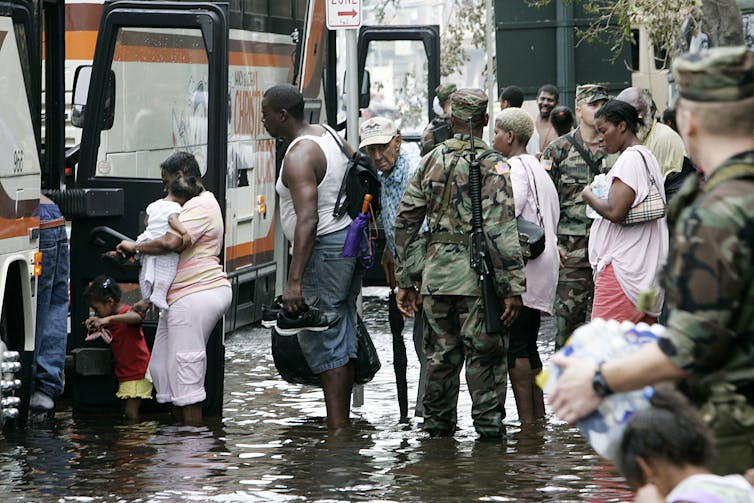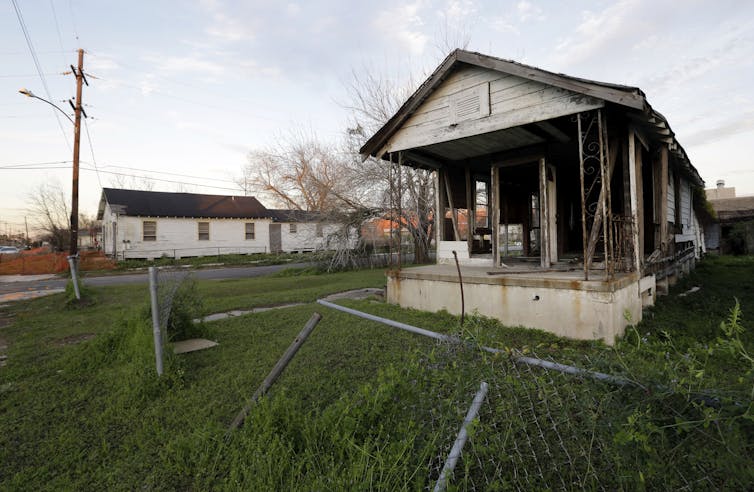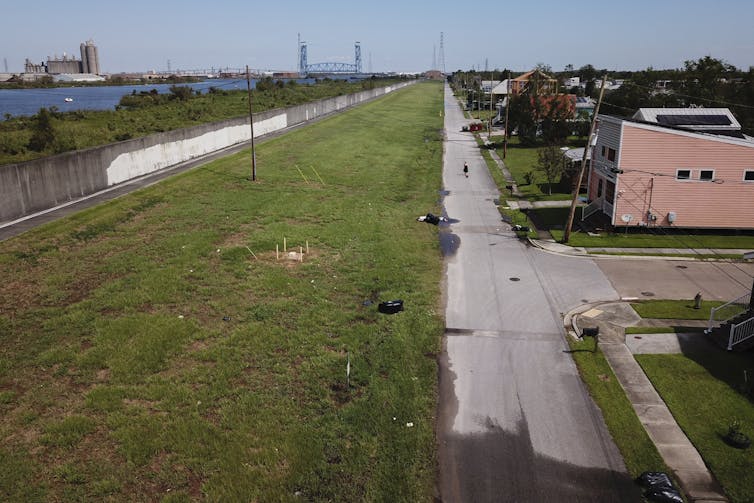Source: The Conversation – Africa (2) – By Dirk Kotze, Professor in Political Science, University of South Africa
South Africa is due to hold local government elections in 2026. In the last election in 2021, only 15% of the eligible voters aged 18 to 21 registered for the election. In view of this, it’s worth considering whether the minimum voting age of 18 years should be reduced to increase participation.
What are the main driving forces for such a consideration? Based on international comparisons, how advisable would it be? What would be some of the implications of such a change for elections in South Africa?
The South African constitution does not state explicitly that the voting age is 18 years, but it is implied. Section 1(d) entrenches the constitutional principle of universal adult suffrage. Section 19(3) says “every adult citizen has the right (a) to vote in elections of any legislative body and (b) to stand for public office”.
The legal description of an adult is found in South African common law. At the age of 18 years, a person becomes legally an adult or reaches the age of majority.
The South African Electoral Act, as amended in 2003, provides that a person can register as a voter at the age of 16 years but the name can be placed on the voters’ roll only once the applicant becomes 18 years old.
South Africa’s current dispensation is currently the same as those of most countries in the world.
The United Arab Emirates is the state with the oldest minimum voting age: 25 years. In the following states it is 21 years: Singapore, Lebanon, Oman, Kuwait, Samoa and Tonga. Three of them (plus the UAE) are in the Middle East. All seven of these are very small states and the majority of them are not democratic.
By far the majority of state entities (202 in total) use 18 years as the minimum voting age. Indonesia, North Korea and Greece, on the other hand, decided on 17 years as the voting age, while in Brazil, Argentina and Ecuador it is 16 years.
Lowering of the voting age is not an uncontested idea. A number of considerations can be presented as its pros and cons. The general contention is that if a larger proportion of the population elects their public representatives, it would enhance public trust in elections. But, in South Africa at least, that is offset by young people’s lack of enthusiasm in elections.
For the moment, a change in the voting age would most possibly not add major advantages to South Africa’s electoral dynamics, because it would not necessarily increase the number of voters or change the outcome of elections.
Main considerations
Voting for a political candidate is one of the most important decisions a citizen of a state can make. What determines sound decision-making?
A person should understand what the decision is about: what the issues are and what the options and their implications are. The question therefore is: at what age would a person make rational voting decisions?
In the era of populism, fake news and manipulation, a voter should be a person who can think independently, who can distinguish between reliable and misleading information and be strong enough not to be manipulated.
A voter should also have a vested interest in the future of their country and therefore participate in voting to determine what is in the best interest of that country. An illustration of this point is the 26th amendment of the American constitution in 1971 when the voting age was reduced from 21 to 18 years. The decision was influenced by the apparent contradiction that 18-year-old American citizens were drafted to fight in the Vietnam war while they were still excluded from voting.
But how well a person is informed about politics or the issues in a country isn’t determined by age. Especially in the era of easily accessible internet information and the different forms of social media. This implies that knowledge of the issues or politics in general is not a sufficient motivation for lowering the voting age.
The critical factor is how that information is used to take an informed and rational decision.
The rationale of why minors need guardians who must assist them in decision-making is that they do not have yet the life experience and judgement abilities to take the responsibility for a decision on their own. Voting is an individual and independent action and therefore no assistance in the decision-making process can be allowed.
Implications
Do 16- or 17-year-old people have a different attitude towards elections or politics in general than 18-year-olds?
In the absence of survey data, an informed guess is: no.
Adding them would not necessarily change the outcomes of elections. The minority Economic Freedom Fighters party in South Africa is the only one that has a strong appeal to young voters. But it has been losing support.
How many new registered voters could be added by 16- and 17-year-old newcomers? Statistics SA provides figures only for the age bracket 15-19, which is slightly more than 9% of the total population. The age group 16-17 years therefore might be around 3%-4% of the population. Given the trends of low voter registration among the young eligible voters, the percentage it would add to the total might therefore be quite small.
If the 16-17-year bracket were to be added to the electorate, the total number of eligible voters would increase but because the rate of registration as voters is in decline, the total percentage of registered voters would most possibly decrease. Young eligible voters are proportionally less likely to register than their older counterparts.
With a decline in the voting age, voter turnout based on the number of registered voters might not decrease dramatically. The main difference would be seen in the voter turnout as a percentage of the eligible voters, because of the low level of young eligible voters who are willing to register as voters.
Probably an unintended consequence of a 16-year voting age is that school pupils would be eligible voters during the last two or three years of their school studies. This has the potential to politicise schools, especially during election times. Political parties might insist on campaigning at schools.
At the same time, it would be an opportunity for more concentrated civic and voter education of a captured audience. Following this argument, a registered voter who complies with the constitution’s section 47 could stand as a candidate and be elected as a public representative in a legislature.
For now, the chances are slim that the voting age will change at a time when several other electoral reform processes are in the pipeline affecting the electoral system, party funding and even electronic voting.
![]()
Dirk Kotze does not work for, consult, own shares in or receive funding from any company or organisation that would benefit from this article, and has disclosed no relevant affiliations beyond their academic appointment.
– ref. Young South Africans don’t bother with elections: would lowering the voting age make a difference? – https://theconversation.com/young-south-africans-dont-bother-with-elections-would-lowering-the-voting-age-make-a-difference-262818

